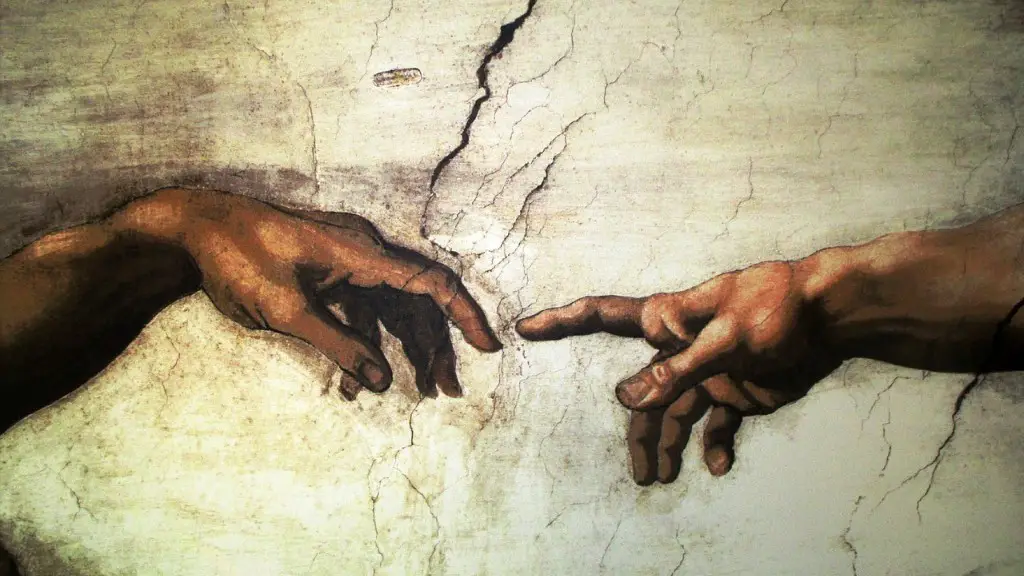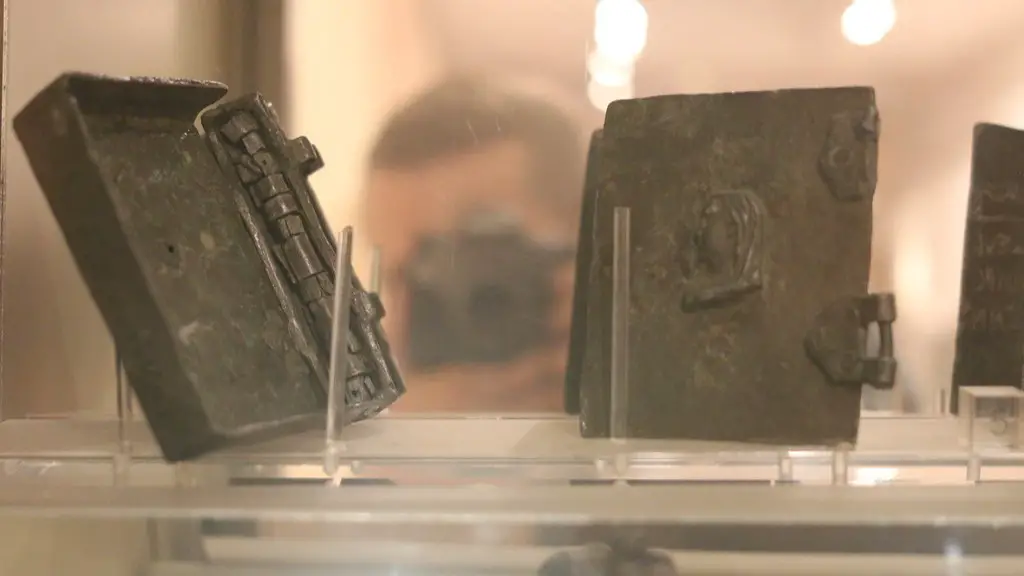Table games have been a major source of entertainment throughout human history, and Ancient Rome was no different. Throughout the expansive empire, citizens could find a variety of ways to pass the time, either solo or with a group of friends.
Board and dice games were primarily the form of entertainment during the early period of Roman history. Popular examples of modest two-person activities included the Greek game ‘Petteia’, which was a variant of checkers, and ‘Ludus Latrunculorum’, based off the game of chess. It became increasingly popular as it spread throughout Rome and reached as far from the provinces as India and Persia. Similarly, the dice game of ‘Tabula’ was a popular form of entertainment. During its original form, players would roll a single die in attempt to land on a winning number, and often as a form of gambling. The game is still popular today, and is similar in its form to the classic game of Backgammon.
Further table games prevalent in Roman culture were ones involving more than two people. The game of ‘Culbres’, which is described as a cross between backgammon and checkers was a group favorite, with the rules being discussed by the Roman authors Servius, Martianus and Virgil.
Game components used during Ancient Rome period
Table games such as these relied heavily on components made of bones, textiles, marbles, shells, stones and wood. Much of the time spent was spent preparing for the games, with citizens working to refine their pieces and set them up for the evening. In some cases, boards could be covered with sand, either because this was the original design, or to reduce the sound of the playing pieces.
The Spread of table games
Table games were not just limited to the Roman Empire, as they had been popularized through its conquests, expansion and subsequent contact with other cultures throughout Europe, Africa and the Middle East. This lead to the adaptation of multiple languages through specific terms and rules. For example, the game of Petteia was originally played with latchets, similar to checkers pieces, and the smaller number of moves are similar to backgammon.
Characters associated with Ancient Rome period table games
Modern associations with table games in Ancient Rome link characters such as Julius Cesar and Cleopatra to the activity itself. Both are known to have played a comprehensive selection of games with their acquaintances, even to the point of organizing substantial events. Although rules may have been slightly different to today’s, it is likely that the basics were the same.
Historical accounts of table games in Ancient Rome
Historical accounts have little direct reference to table games other than gambling, however some mosaics and pottery shards provide a sense of how and why the game was played. One of the most popular pieces is entitled “The Game of Twelve Points”, which details the depiction of nobleman playing a game of dice. Another interesting piece is the ‘Elymentale’ mosaic, which details a game that appears to be a cross between draughts and checkers.
Positive and Negative impacts of table games in Ancient Rome
Table games during Ancient Rome were viewed positively as a source of leisure and amusement. They were embraced as a way to pass the time, as well as to bring people together. Friends, families and political rivals used them as a way to build relationships and expand their social networks. Additionally, it provided an opportunity for those of the upper classes to engage with the plebeians, and in turn increase their political interactions.
On the other hand, it is important to note not all aspects of table games during this period were seen in a positive light. Since gambling was a central theme with many of these games, it could be highly addictive and rattle the lifestyles of all classes. Rome saw a rise in gambling issues, as exemplified in the law of statutes. By the end of the period, legal gambling was considered to be negative and dominated by direct government control.
Modern Assessment of Table Games in Ancient Rome
Modern assessments of table games in Ancient Rome are largely reflective of the overall cultural values of the period. On one hand, they were a great source of leisure and could be used as a way to bridge the gap between classes. On the other hand, they were not healthy in excess and could lead to numerous issues both familial and financial.
Cultural Significance of Table Games in Ancient Rome
Table games had a clear cultural significance during Ancient Rome. They allowed for people from all areas of the Empire to mix and mingle, as well as to engage in friendly competition. They could also serve as an activity for family members, to pass an evening at home or even to display their skills amongst friends. From a political standpoint, these games began to play an increasingly important role in Roman society, with some even being asked to take part in tournaments.
Public Perception of Table Games in Ancient Rome
Public perception of table games in the Roman Empire was generally positive. While some forms, such as gambling, were frowned upon, they were not completely discouraged. In fact, some historians report that table games were commonplace in Roman households and were a regular feature of their lives. The more popular games were seen as a way to entertain the upper classes, regardless of the occasion. Even Julius Cesar was known to have taken part in the activities, playing with peers and even wagering on select games.
Geographical Dispersion of Table Games in Ancient Rome
The distribution of table games during Ancient Rome is thought to be primarily linked to the provinces of the Empire. Table games were popular across many of the provinces, including Britain, Europe and the Middle East. However, some evidence suggests that certain areas had adapted certain games more than others. This could be because of the regional connections, or cultural preferences of the people in that area. It is thought that certain versions of play had begun to emerge as well, as certain provinces began to lean towards different rules structures.
Advances in Technology and its Effect on Table Games in Ancient Rome
The expansion of technology during the Roman period meant that advances in production also had an effect on table games. This is evident from works such as marbles, shell and Bone Dice found in many Roman tombs, which began to become more popular as tooling and other production techniques became easier.
The advent of woodworking technology also meant that boards, pieces and other components of the game could be produced in mass quantities, making the games accessible to more people. As a result, table games gained increased cultural relevance, becoming central to the cultural heritage of Ancient Rome.



